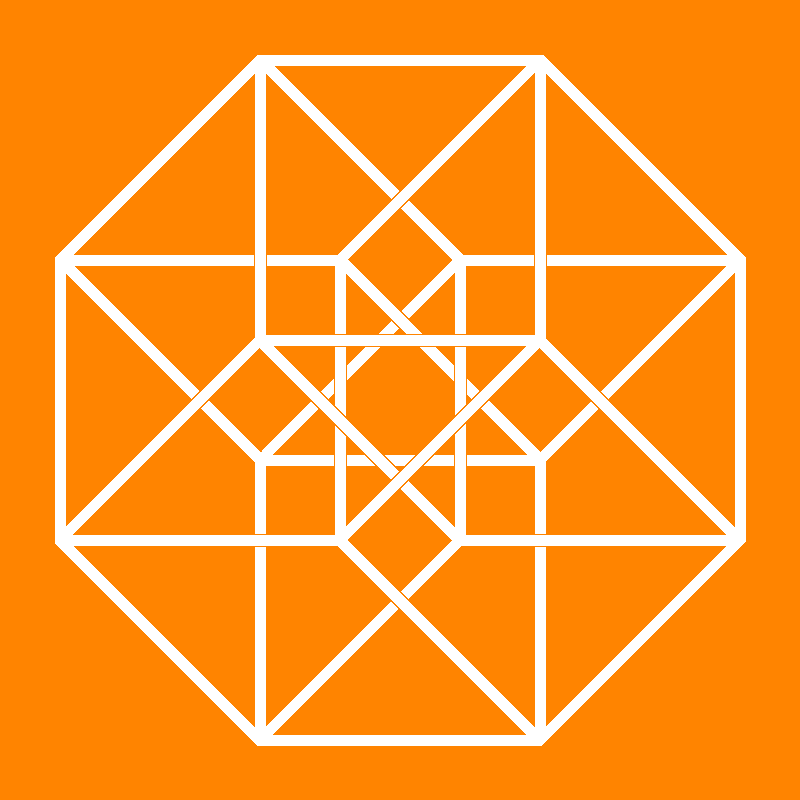
Journal for Geometry and Graphics 19 (2015), No. 1, 057--077
Copyright Heldermann Verlag 2015
Perspective: Theories and Experiments on the "Veduta Vincolata" (Restricted Sight)
Riccardo Migliari
Dept. of History, Representation and Restoration of Architecture, University 'La Sapienza', Piazza Borghese 9, 00186 Roma, Italy
riccardo.migliari@uniroma1.it
Jessica Romor
Dept. of History, Representation and Restoration of Architecture, University 'La Sapienza', Piazza Borghese 9, 00186 Roma, Italy
jessica.romor@uniroma1.it
The modern perspective admits the free rotation of the eye situated in the projection centre (restricted sight) and with this, and with the motion of the eye, it is capable of simulating even the impression of curvature of the visual field that Panofsky erroneously ascribes to the curvature of the retina. The restricted sight admits an ample displacement of the observation point along the direction of the normal to the picture plane, whereas it is much less tolerant for a displacement parallel to the picture plane that emphasizes the `marginal aberrations' and not only.
This limit has been passed, during the 17th century, by artists like Agostino Tassi through the repetition of the primary point (which is also the vanishing point of the normals to the picture plane).
Thus, there are two possible interpretive keys of an architectural perspective: on the one hand the geometrical key, which reveals itself by means of an inverse procedure, capable of describing the shapes that are represented in space; on the other the architectural key, which obtains the same result simply observing the typical characteristics of an architecture, like the symmetry, the horizontality of the architraves, the verticality of the pillars, the proportions of the Order.
Keywords: Perspective, Panofsky, restricted sight, veduta vincolata.
MSC: 00A66; 51N05
[ Fulltext-pdf (23774 KB)]